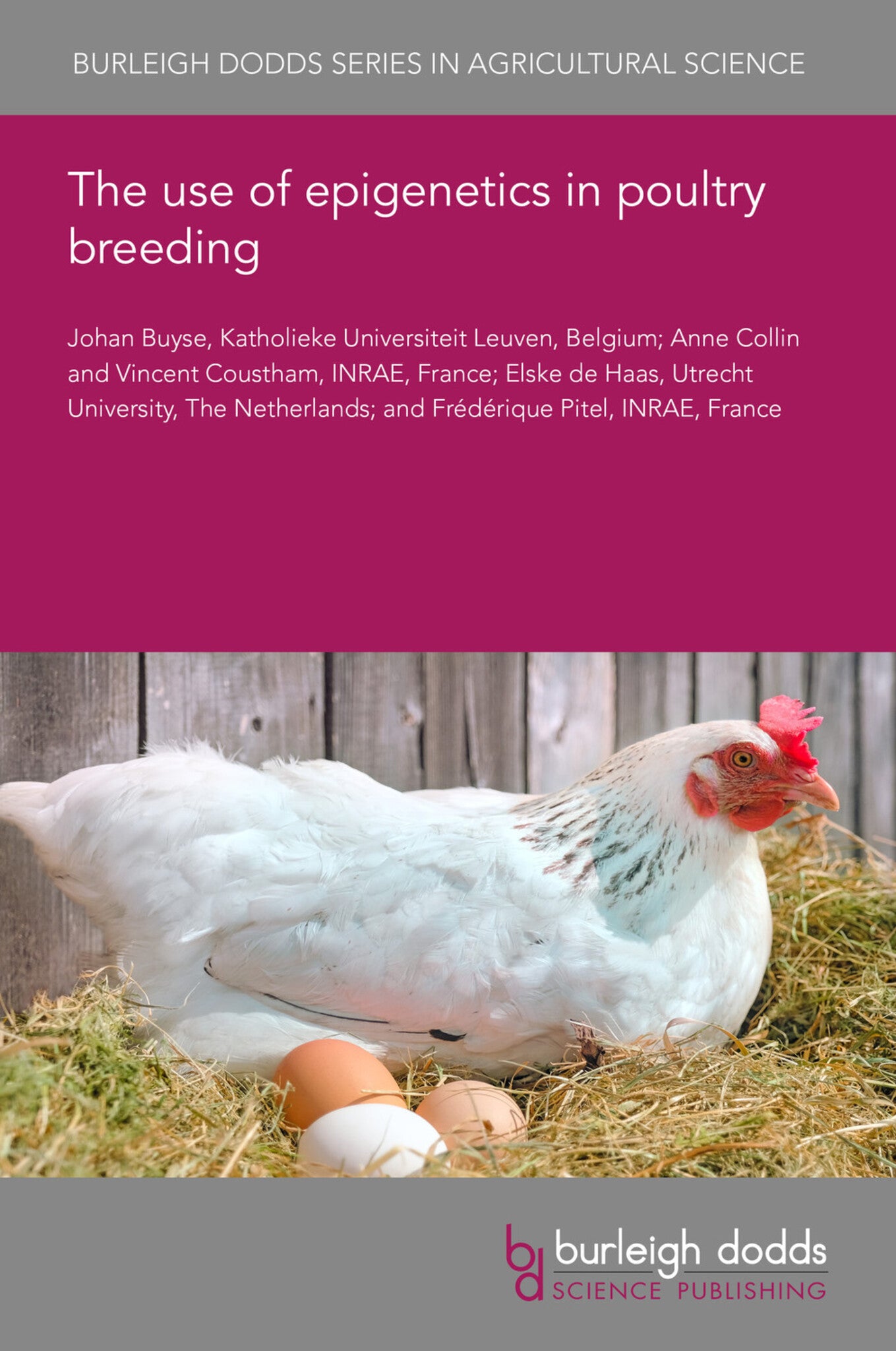We're sorry. An error has occurred
Please cancel or retry.
The use of epigenetics in poultry breeding

Some error occured while loading the Quick View. Please close the Quick View and try reloading the page.
Couldn't load pickup availability
- Format:
-
20 July 2020


TECHNOLOGY & ENGINEERING / Agriculture / Animal Husbandry, Poultry farming, TECHNOLOGY & ENGINEERING / Agriculture / Sustainable Agriculture, Sustainable agriculture, Animal breeding

1 Introduction 2 Parental nutrition 3 Early-life programming through in ovo manipulation of nutrients 4 Thermal manipulation 5 Stress in parents and behaviour of offspring 6 Transgenerational non-genetic inheritance 7 Case study 1: (Grand)parent nutrition 8 Case study 2: Thermal manipulation 9 Summary and future trends in research 10 Acknowledgements 11 Where to look for further information 12 References



